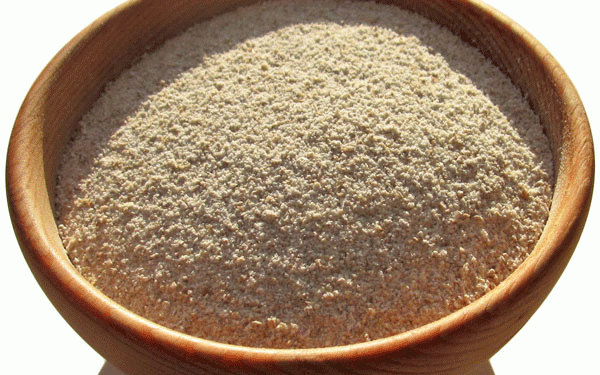At the XVI Congress of the Russian Union of Flour and Cereal Enterprises, President Igor Sviridenko highlighted the ongoing decrease in rye production across Russia. His message was clear: while the wheat supply chain remains steady, the rye industry faces troubling trends. For the 2024 harvest, the forecast predicts a collection of 1.4 million tons, significantly lower than the 2 million-ton threshold observed since 2018. This marks a steep decline from the early 1990s, when rye harvests exceeded 16 million tons annually.
The continuous drop in rye production has had a ripple effect, not just in reducing rye availability but also in the associated production of rye bread, a staple in Russian households. Sviridenko stressed that although a shortage is not yet imminent, rye bread is slowly disappearing from tables across the country.
Several factors contribute to this decline, chief among them being the lack of interest from farmers. Rye yields are significantly lower than those of wheat, and the crop’s market price is much less attractive. According to the union’s analysis, the price of rye hovers under 10,000 rubles per ton, making it an economically unappealing choice for growers when compared to wheat. This has led to decreased production interest, and as Sviridenko speculated, rye products may face a similar fate to other national foods like steamed turnips, which have largely faded from the Russian diet.
While some industry players see no cause for alarm, others express concern over rising rye prices. Arkady Gurevich, Chairman of the Board of AgroProm LLC, warned that in regions where rye is cultivated, prices have exceeded 10,000 rubles per ton, reaching as high as 13,000 rubles in some cases. This increase in raw material costs could lead to a higher price for rye flour, affecting the affordability of rye-based products like bread.
Despite the challenges, total rye resources for the 2024-2025 season are expected to reach 1.93 million tons, including carryover stocks from the previous year. However, the sustainability of this supply remains uncertain, given the growing disinterest in rye cultivation.
The ongoing decline in rye production in Russia presents significant challenges for both producers and consumers. While no immediate shortage is expected, rising prices and declining cultivation interest could make rye-based products more scarce and expensive. Industry leaders must address these issues, possibly by making rye farming more economically viable or promoting its importance in traditional diets to avoid losing yet another national food staple.
Error




